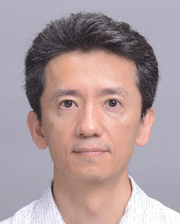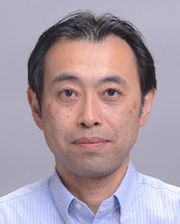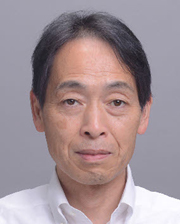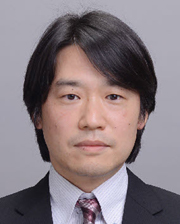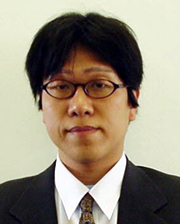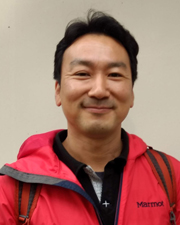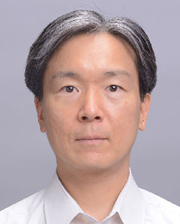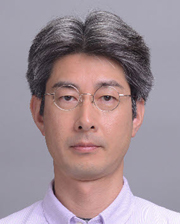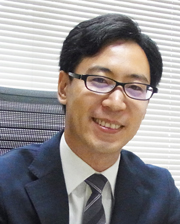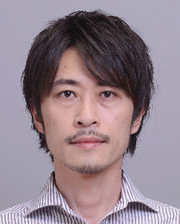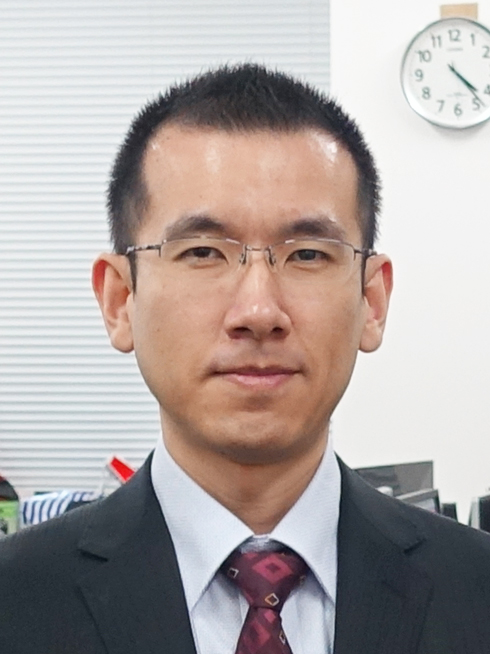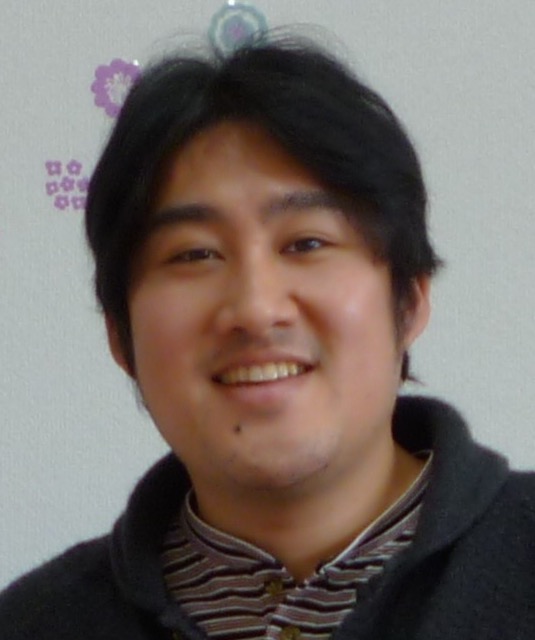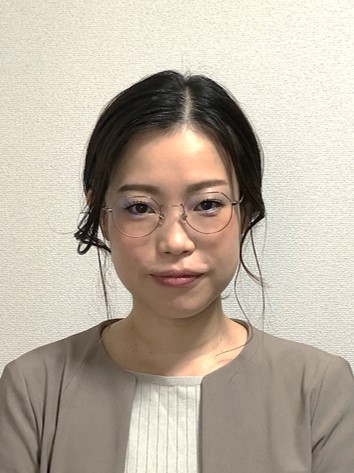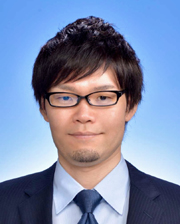The Department of Biomedical Engineering Laboratory Introduction
Maehashi laboratory
We have developed the various nanodevices which can measure and analyze a complicated biological system to achieve safe and secure society and early detection of a disease. Especially, we are interested in microstructure of graphene and its unique electric conduction characteristics. We are engaging in research and development of the fabrication methods, fundamental materials and high sensitivity sensors.
Misawa laboratory
We have made it possible to observe motion of atoms and electrons in a material by using the world's fastest strobe technique we developed. On the basis of the innovative technique, we have developed the method to measure and visualize the concentration and molecular composition of drug in a biological tissue non-destructively. We have aimed to elucidate pharmacological actions of various drugs in living biological tissues and organs.
Takaki laboratory
Three-dimensional (3D) imaging technology has been applied to endoscopic surgery and robot-assisted surgery. The 3D imaging technology will also be applied to diagnostic imaging and molecular analysis. In addition to the medical applications, we have studied glasses-free 3D displays and holographic imaging technique as well as the effects of those techniques on the visual perception system of human beings.
Ishida laboratory
Animals perform a variety of feats by integrating information perceived at various sense organs in an exquisite way with actions to acquire new information. The goal of our research is to reveal mechanisms underlying the animal behaviors, to transfer the findings into robotic olfactory sensing systems that can detect odor plumes and track them down to their sources. The potential applications include searches for gas leaks, fire origins and hazardous chemicals.
Masuda laboratory
The researches of my laboratory aim to develop a noninvasive "theranostic system" by combining between medical diagnostic and therapeutic methods. We mainly use ultrasound, which is realized based on the knowledge of physics and electrical engineering, to apply to medical field. We are developing the methods to manipulate micro objects, to analyze internal organ through image processing, and their application including robotics, in cooperation with medical doctors and physicians.
Ikushima laboratory
Our interests can be divided into two parts. One is to develop highly sensitive THz sensing through quantum semiconductor devices. Another interest is to create a unique medical or industrial sensing method using ultrasound waves. These sensing technology will be used for medical diagnosis or nondestructive industrial sensing.
Tanaka lanoratory
Our research is mainly composed of highly accurate laser measurement systems with simple configuration and highly functional fiber optic sensors. The systems we have been developing can be used in the electrical and mechanical industries. Furthermore, they can be applied to health monitoring of infrastructural facilities and human bodies that detect subtle abnormality in the earliest possible stage, which supports everyone’s healthy life and safe environments.
Murayama laboratory
We are conducting research to reveal the relationship between DNA mechanical deformations and gene expressions, and research on photo-response of green algae such as Volvox. Through a physical approach to biological phenomena, students gain the flexible creativity which is necessary to develop an innovative biomedical technology.
Yamamoto laboratory
Superconductivity, which is the phenomena of zero electrical resistance, has been utilized in Magnetic Resonance Imaging (MRI), particle radiotherapy, magnetic drug delivery systems, and MAGLEV trains. We develop a new type of super strong magnet and an innovative magnetic device on the basis of experimental materials science and computational materials informatics on high-temperature superconductors.
Nishidate laboratory
Our research interests include diffuse reflectance spectroscopy and spectral imaging techniques based on light transport in biological tissues and their application to diagnosing/imaging tissue viability and vitality in human/animal brain, liver, ocular fundus, skin, as well as photodynamic therapy. We are engaging in research and development of novel and practical optical techniques in clinical diagnosis and therapy.
Okano laboratory
Based on micro engineering, our laboratory utilizes knowledge in nonequilibrium physics and synthetic biology to investigate physical phenomena hidden deep in life phenomena, and explore physically possible scenarios where "lifelikeness" is generated from non-living things with the aim of constructing a physical model of cells. In addition to above, we also develop the technology platform required by advanced life science research.
Yoshino laboratory
We have tried to reveal the mechanisms of cellular responses to various mechanical stimuli occurred in living biological tissue and organs by considering a living cell as a physical system. We use the knowledge to investigate factors associated with the onset and progression of various diseases and apply them to design and development of medical technology.
Tabata laboratory
Nucleic acids and cells circulating in patient blood stream can be powerful diagnostic tools. Based on the principles of electrochemical measurement, we are developing biosensors that detect various biomolecules and aiming to develop a compact point-of-care testing device for future precision medicine.
Asai laboratory
We are engaging in research which reveals how human sociocultural time-space is created through speech event or language use from cultural and linguistic anthropological perspectives. My main research derives from fieldwork conducted in the Fiji Islands and examines unique characteristics of Fijian ritual and mythical cosmology, through linguistic analysis of Fijian language.

